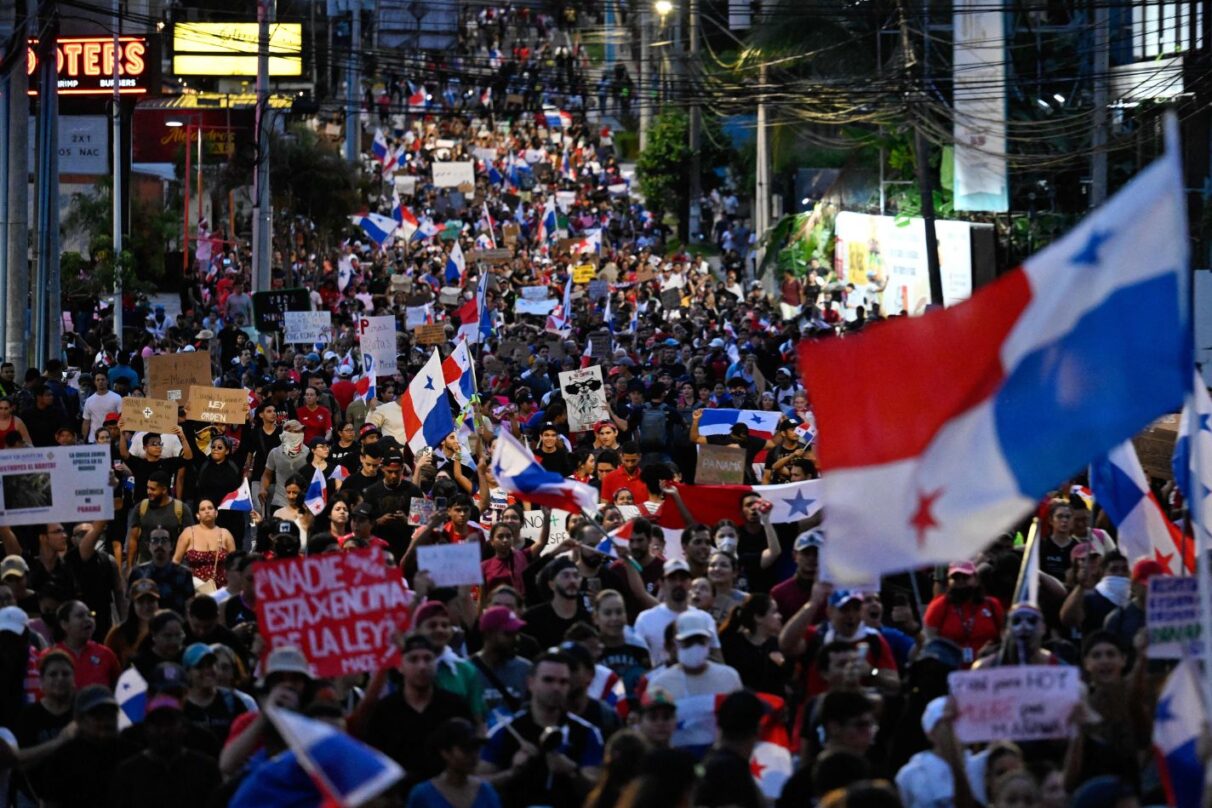
Panama Protests Continue as Police Use Excessive Force Against Peaceful Protesters
The protests over the approval of an extended concession for a sprawling open-pit mine granted to Minera Panamá, operated by Canada’s First Quantum Minerals, have taken over the small Central American country. This mine and its approval plans could have environmental repercussions not just in Panama, but in the whole Mesoamerican Biological Corridor in Central America.
Protests began days before the government approved the contract, and have been building in size, with crowds now having reached massive numbers, particularly for a country that is only about four million strong. There seems to be no end in sight.
The government response has been tepid. President Laurentino “Nito” Cortizo addressed the nation in a pre-recorded statement on Tuesday, October 24th asking in Spanish “for sanity, to respect laws and institutions, private and public property and free movement.”
But the response has been anything but that, with police shooting tear gas into buildings filled with people.
At people who were just peacefully protesting.
At people who were running away.
The police also shot tear gas down empty streets, for seemingly no reason other than to prove they could – or to intimidate the population.
They also shot tear gas into the city’s children’s hospital, which left nurses rushing to close windows as best as they could to protect patients.
On one of the first days of the protests, police shot a journalist holding a camera with either tear gas or a rubber bullet. The journalist subsequently lost an eye.
The massive protests in Panama have been filled with chants against mining and nationalist calls. They have typically ended with an immense group of people singing the national anthem and have repeatedly ended with police repression as the group has disbanded.
Panama City residents have also seen an increased presence of heavy military vehicles around the city, despite the fact that Panama does not have an organized army.
For many, this has been a source of surprise and consternation, particularly as, a few days ago, there was much outcry online when it was reported that the one ambulance the government had for the Northern part of Panama had been damaged during the protests.
Apparently, the government doesn’t have the resources for more than one ambulance for a large section of its population because it must save money for military vehicles.



